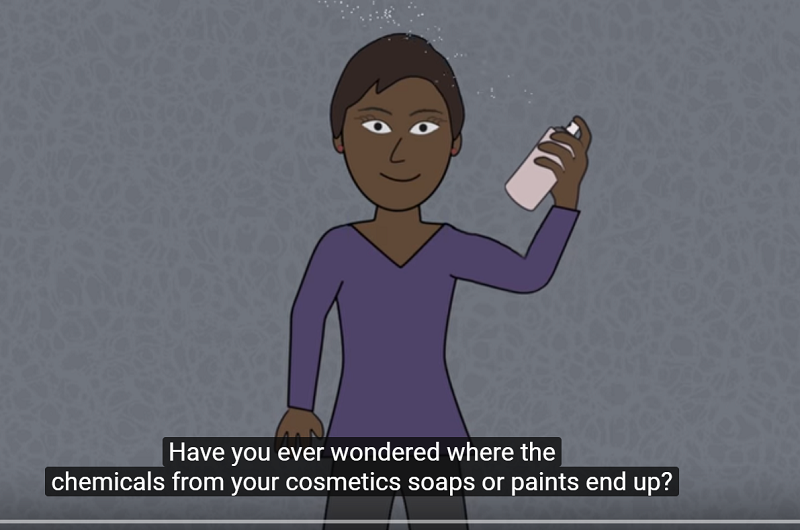Consumer, industrial products overtake cars as source of air pollution
Consumer products such as shampoo, cleaning products and paint now contribute as much to urban air pollution as tailpipe emissions from vehicles, according to a new study led by NOAA and including researchers at UC Davis. The results were published on Feb. 16 in the journal Science.
“What’s exciting about this work is that it shows that everyday consumer choices can have an impact on air quality in the U.S.,” said Christopher Cappa, professor of civil and environmental engineering at UCD and a co-author on the paper.
People use a lot more fuel than they do petroleum-based compounds in chemical products — about 15 times more by weight, according to the new assessment. Even so, lotions, paints and other products contribute about as much to air pollution as does the transportation sector.
“As transportation gets cleaner, those other sources become more and more important,” said team leader Brian McDonald, a scientist in the Cooperative Institute for Research in Environmental Sciences, University of Colorado Boulder, working in NOAA’s Chemical Sciences Division.
The scientists focused on volatile organic compounds or VOCs that can waft into the atmosphere and react to produce either ozone or particulate matter — both of which are regulated in the United States and many other countries because of health impacts, including lung damage.
The scientists concluded that in the U.S., the amount of VOCs emitted by consumer and industrial products is actually two or three times greater than estimated by current air pollution inventories, which also overestimate vehicular sources.
For example, the Environmental Protection Agency estimates that about 75 percent of VOC emissions (by weight) come from vehicular sources, and about 25 percent from chemical products. The new study, with its detailed assessment of up-to-date chemical use statistics and previously unavailable atmospheric data, puts the split closer to 50-50.
The disproportionate air quality impact of chemical product emissions is partly because of a fundamental difference between those products and fuels.
“Gasoline is stored in closed, hopefully airtight, containers and the VOCs in gasoline are burned for energy,” said NOAA atmospheric scientist Jessica Gilman. “But volatile chemical products used in common solvents and personal care products are literally designed to evaporate.
“You wear perfume or use scented products so that you or your neighbor can enjoy the aroma. You don’t do this with gasoline,” Gilman said.
The team found that they simply could not reproduce the levels of particles or ozone they measured in the Los Angeles area without including emissions from volatile chemical products. They also determined that people are exposed to very high concentrations of volatile compounds indoors.
This research was supported by NOAA, the CIRES Visiting Fellowship Program, Aerodyne Research Inc., the National Science Foundation and the Sloan Foundation. CIRES is a partnership of NOAA and the University of Colorado Boulder.

Crossposted from UC Davis News & Information
Link to original article: “Volatile chemical products emerging as largest petrochemical source of urban organic emissions,” Science
FACEBOOK FEED
Happy Earth Day Yolo County! Please stand with Cool Davis and Give Big today. It's a beautiful day but the house is truly on fire. Your donation helps us keep afloat and douse the flames. #EarthDay2024 #bdog2024 Davis City City of Winters, CA City of West Sacramento, Government City of Woodland Yolo County Climate Action and Sustainability Valley Clean Energy UC Davis Sustainability
www.bigdayofgiving.org/cooldavis
... See MoreSee Less
Photos from Cool Davis's post ... See MoreSee Less






